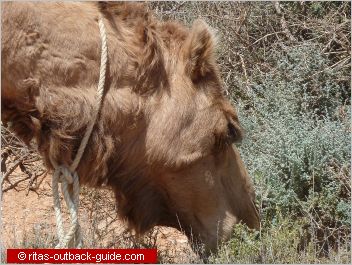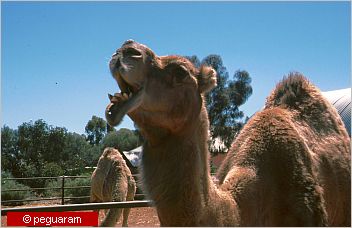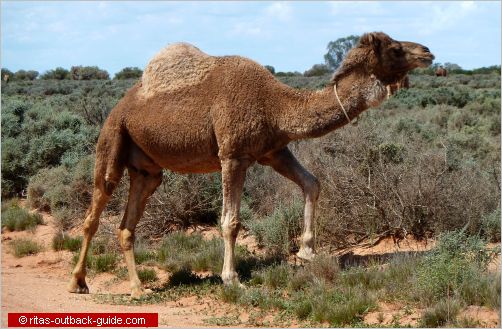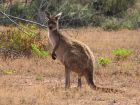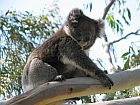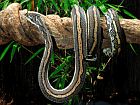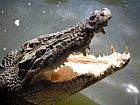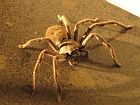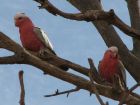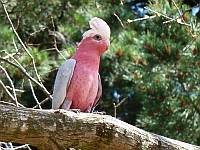
Australian Camels
A story of success in the Australian Outback
Australian camels? You are surprised? Yes, there is a camel history in Australia.
The camel story began in the early 1800s. Explorers of Australia's vast inland recognized that horses are not very suitable to explore the harsh unknown inland.
In 1840 "Harry", the first camel arrived in Australia. He was the only survivor of a small group of camels imported from the Canary Islands.
Harry's life in Australia didn't last too long. During an expedition to the northern parts of the Flinders Ranges Harry accidentally bumped his owner just in the moment as he was loading a gun. The owner died a month later, and Harry was executed afterwards.
Despite Harry's bad luck, introduced camels made their way into the Australian Outback.
Several types and breeds of camels from different countries were imported to Australia, most of them were one-humped dromedaries. Two-humped Bactrian camels from China were the minority.
In 1866 Thomas Elder established the first camel stud in Beltana, SA, with camels mainly from Karachi and India, other studs followed mainly in Western & South Australia. Soon, the Australian-bred camels turned out to be of better quality than imported ones. Feral camels really worked hard and successful under the harsh conditions in the Outback.
Additonally to breeding, import continued until 1907. An estimated number of 10,000 camels were imported during that period.
Capital Cities
Accommodation
Special Interests
- General Facts
- Australian States
- Photo Gallery
- Climate & Bushfires
- Australian Wildlife
- Australian Opal
Rent A Campervan
Opening up the Australian Outback
Muslim cameleers arrived in Australia with the camels. They took part in expeditions, worked on the Great Northern Railway Line, and helped to open Australia's inland. The railway line from Port Augusta to Alice Springs soon became known as the Ghan Line.
Many Outback towns, like Marree, had their own "ghan towns" on the outskirts. From these ghan towns the cameleers operated as far as into the Northern Territory to bring supply to isolated stations, bush towns and telegraph stations. At the turn of the century camels were used all over the inland of Australia.
In the 1920s motor vehicles kicked the camels in Australia out of their jobs. Some animals were killed, but most were just abandoned. The camels survived in Australia's vast unsettled inland.
It is estimated that between 500,000 and 1 million camels roam freely in the Outback today. The biggest numbers in Western Australia, but also in the Northern Territory, and in South Australia.
Although camels were introduced to Australia, the feral camels don't have such an destroying impact to the environment like other feral animals in Australia. However, as the numbers of Australian camels increase some people also consider them as a pest.
Especially during draughts, camels "run over" small towns and Aboriginal communities in search for water. These conflicts increase as their numbers grow.
Camel trekking has become popular for tourists. Camel farms can be found throughout the Outback. They offer camel rides for an hour, and expeditions of a couple of days, or even weeks.
Uluru Camel Tours offer sunset, sunrise & an express tour for stunning views of the desert landscape.
Feel like the early explorers, and enjoy a camel tour. Yes, that's adventure travel!
Want to experience an camel adventure before you go? Read one of my favourite books about a tough woman travelling from the red centre all across the deserts with camels. Alone!
Tracks by Robyn Davidson
